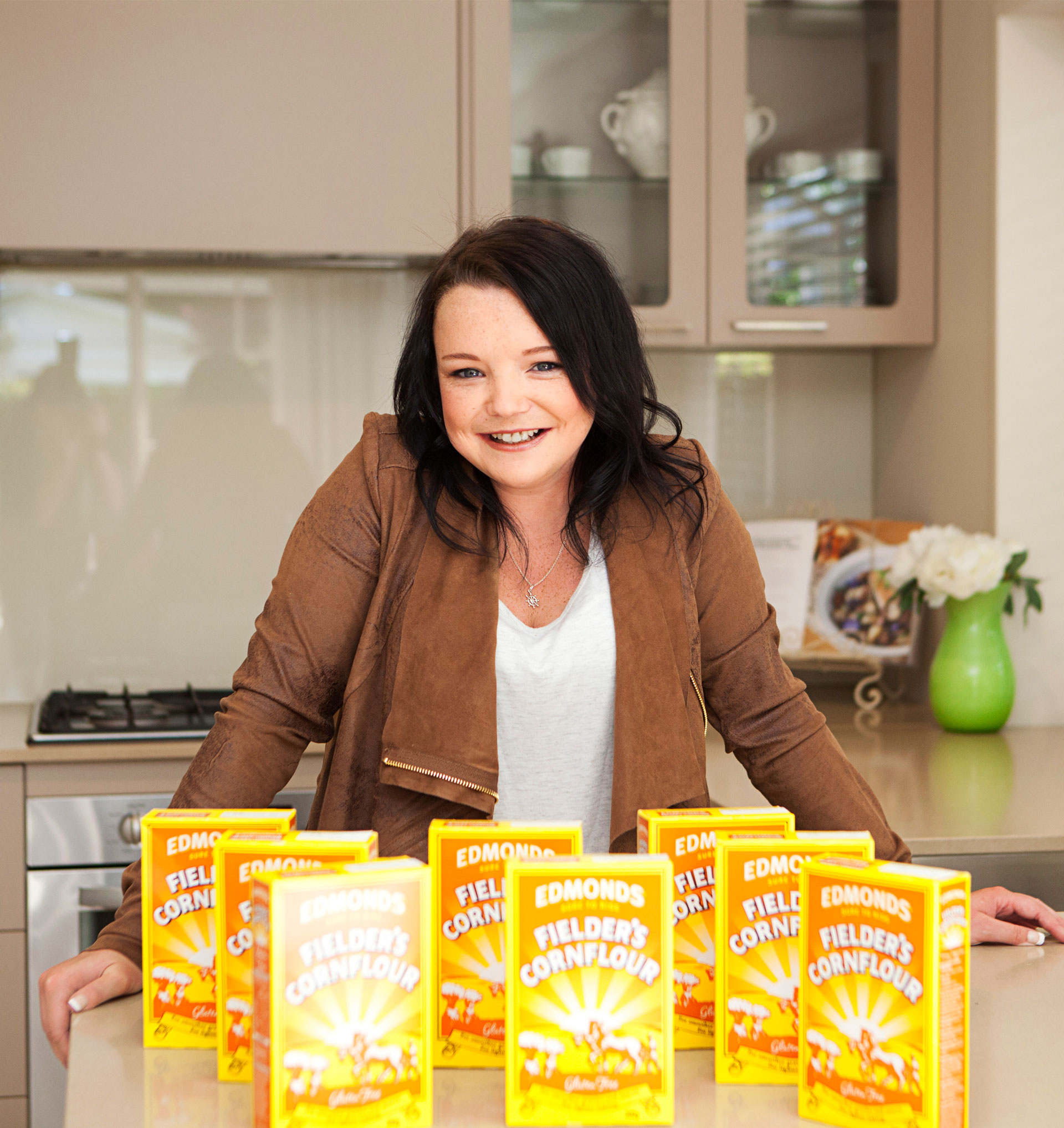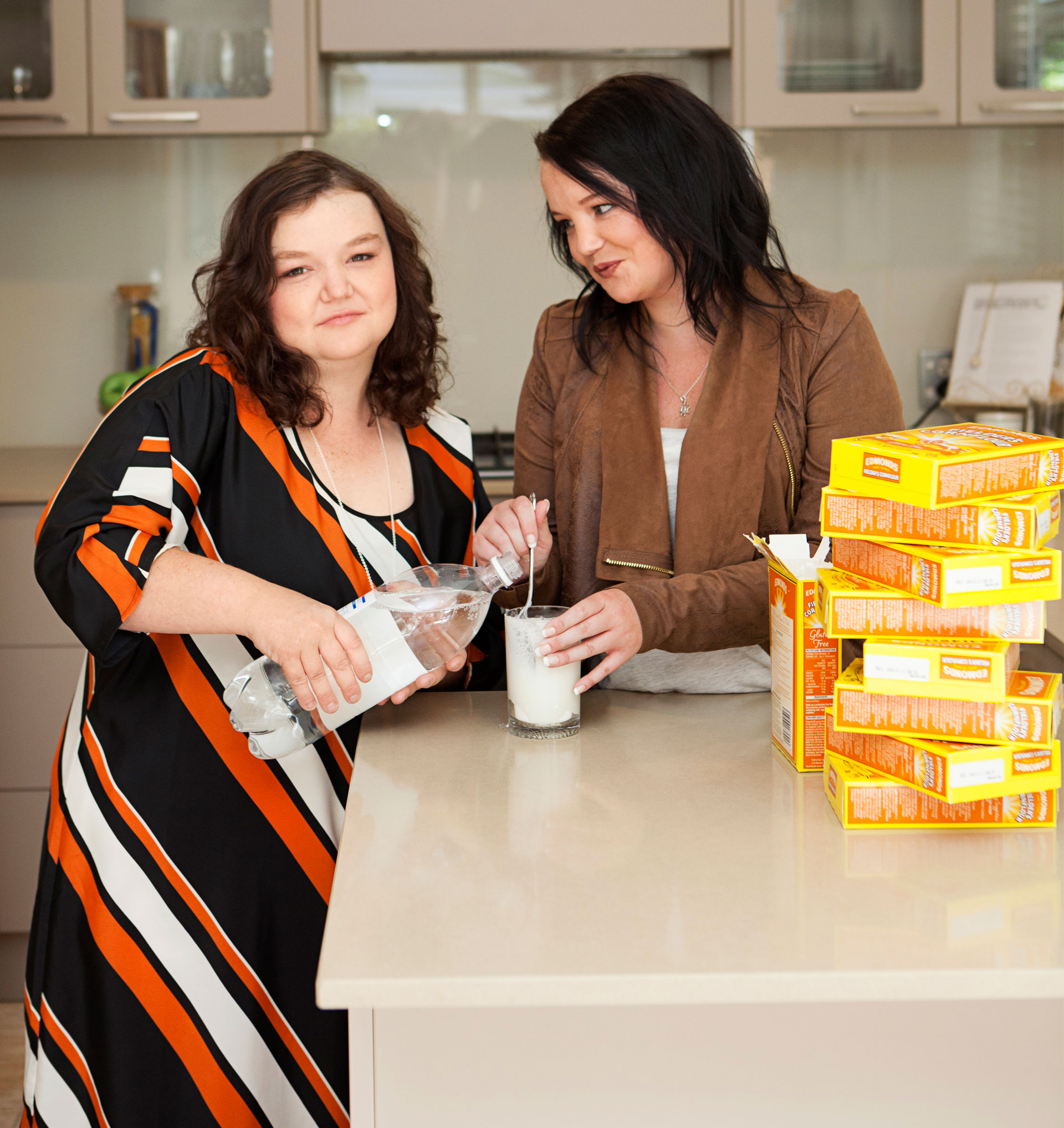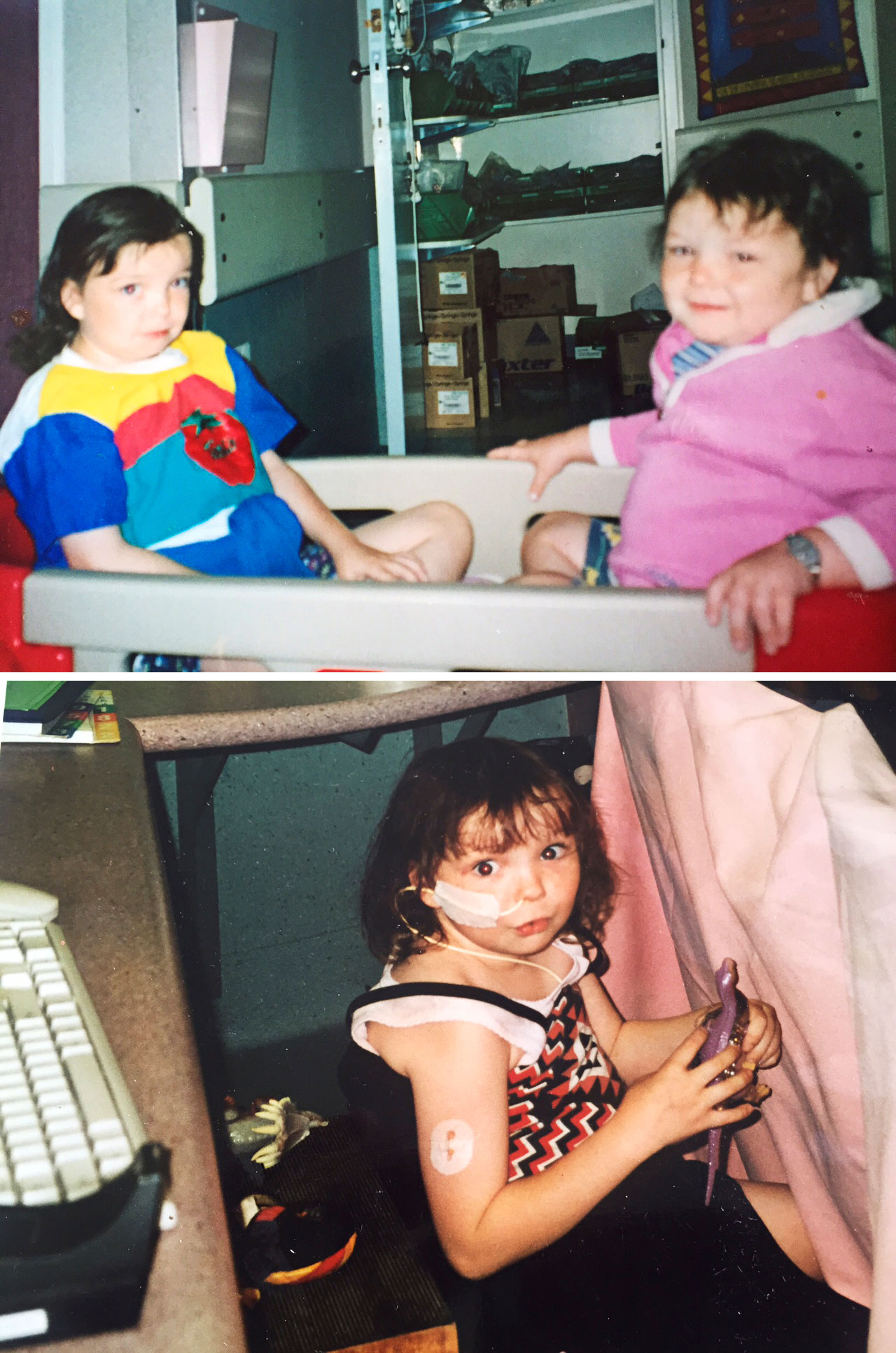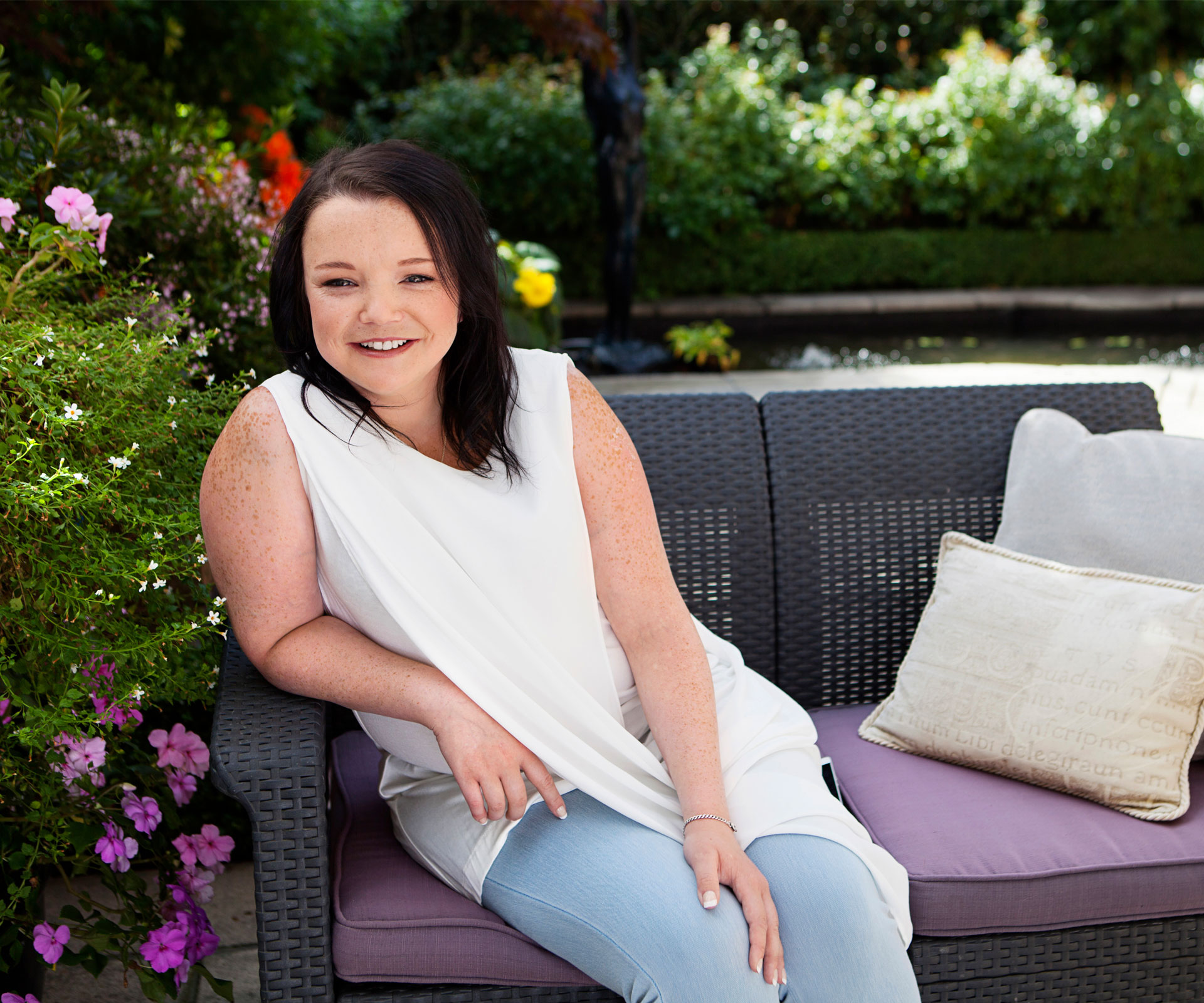**Update 22/08/16: Woman’s Day is saddened to report that Ashleigh, 22, has now been told she has just five years left to live and will need a liver transplant to prolong her life. The news comes after a run of health issues, which saw the Christchurch resident admitted to hospital four times last month.
“My specialist said that I needed a liver transplant, and that without one I would most likely be dead within the next five years,” she told Stuff.
“I knew that people with GSD (Glycogen Storage Disease) died young and that I wouldn’t live as long as healthy people but I just didn’t realise it would be soon,” she continued.
“There are so many things I want to do. I want to study and graduate. I want to go back to work. I want to travel the world. I want to have a family.”
After looking into the statistics around organ donation in New Zealand, the 22-year-old is pleading with Kiwis to take the time to consider their decisions around donation before saying no.
Original story continues below.
Ashleigh Lilley has one of the rarest disorders in the world – yet the thing keeping her alive is a staple in most Kiwi cupboards.
Ashleigh, 22, needs to eat 80g of cornflour every five hours, which she takes mixed with lemonade. She buys eight boxes every week from her local supermarket.
“They see me coming and call me the Cornflour Girl,” she jokes.
In her lifetime, Ashleigh estimates she has eaten 1328kg. “That’s 17 average bathtubs packed with cornflour,” she says. “How can anyone take this disease seriously when the treatment is a gravy thickener from the local supermarket?”
Ashleigh was born with an incurable genetic disorder known as glycogen storage disease (GSD) type 1. She is missing a crucial enzyme in her liver that makes and stores fuel from carbohydrates. Corn starch is effective because every tablespoon contains nine grams of carbohydrates. When taken raw, it is hard for the body to digest, therefore slowly releasing energy.
Although a simple gravy thickener keeps her alive, Ashleigh says it wreaks havoc on her digestion. “It’s used to make slime and glue at kindergartens – can you imagine what it does to my stomach?”
Ashleigh’s medical record has filled a staggering 22 hospital files and she has been admitted 150 times. She is unable to work and is often bedridden for days, plagued with low immunity, stomach problems and low energy.
Yet despite it all, she says she wouldn’t change a thing.

Because of her disorder (glycogen storage disease or GSD) Ashleigh needs to eat 80g of cornflour every five hours.
“GSD has made me who I am today. I am a stronger, more resilient person because of it.”
Ashleigh was diagnosed with GSD when she was three months old. She was failing to thrive and had poor growth, low blood sugar and an enlarged liver. “I was so fragile, I looked like a little porcelain doll.”
Although there is only a one-in-four chance of a second sibling having the same condition, Ashleigh’s little sister Megan, who is now 19, was also diagnosed. Because of their low immunity and inability to process food, the sisters spent a year living together in a ward at Christchurch Hospital. Ashleigh was eight and Megan was five.
“The nurses were our family,” tells Ashleigh. “I remember having baths side by side. They put us in a little trolley and wheeled us to a room for school lessons.”
Because they were small and struggled to put on weight, Ashleigh was tube-fed until she was nine and Megan until she was 11 years old.
“The nurses took good care of us and we were happy – we had each other.”

Ashleigh is incredibly close to her sister Megan, who was also diagnosed with the same condition.
Soul sisters
The bond the sisters shared through their illness would strengthen when Ashleigh and Megan were discharged. Because of their poor health and other problems at home, the girls were taken into care by Child Youth and Family Services (CYFS).
“The best thing Mum did for us was say we had to stay together,” says Ashleigh. “Megan and I were already close, but soon we were inseparable.”
After leaving hospital, the siblings were placed at the Eliza White Trust, a residential home in Cashmere, Christchurch.
“It was like a mansion set in an acre of garden. It was clean and tidy, and we had all the food we could eat,” recalls Ashleigh. “Megan and I were really happy – it was the two of us against the rest
of the world.”
Today, Ashleigh is Megan’s number-one supporter. “My main priority in life is staying healthy, not just for me, but so I can help look after my sister.”
Megan had a liver transplant at Starship children’s hospital when she was 17. Although it was successful at first, she rejected the new organ within a year.
Because of her GSD and other factors during her early childhood, Megan had a number of seizures that led to her being affected developmentally. She resides in an assisted-living home, but is learning to live independently.
“She is more like a 10 or 11-year-old than a 19-year-old,” explains Ashleigh, who visits her little sister several times a week.
As well as managing her own health, Ashleigh is writing a book to raise awareness about GSD, which is thought to affect only 20 people in New Zealand. The book will also be about her life and how she has tackled adversity.
“Of all the people we met in foster homes, only one or two have turned out OK. I want to prove to people that you can come from a challenging childhood and turn things around,” she says.
Ashleigh believes her background has given her great empathy and an ability to get on with people from all walks of life. “I am who I am today because of my childhood. I may not want that for my own children, but it has given me a strength to deal with the rest of my life.
“Hey, I love a challenge,” she adds. “Sure, I have this illness, but I also have my dreams of what I want in the future and I am not going to let GSD get in the way.”

Ashleigh and Megan cemented their bond when they spent a year in hospital together.


